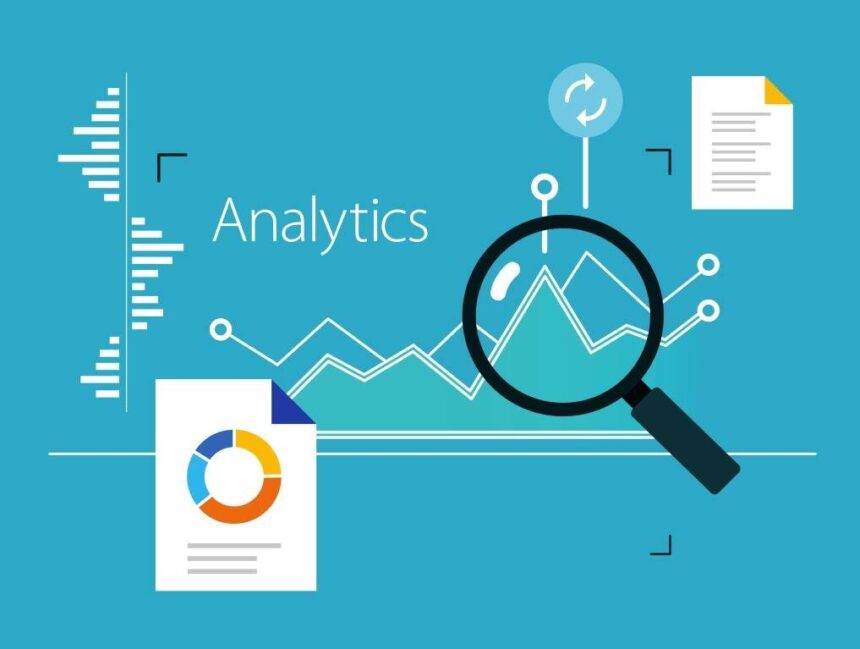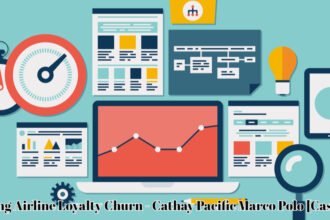Big data is changing the world, but it is entrepreneurs and companies that are able to use this data to drive real change – especially when it comes to self-driving cars. Self-driving vehicles may be the biggest innovation in everyday life since the Internet. There are 1.2 billion vehicles in existence, and all of these vehicles need drivers. But, with such a wide range of the population driving, there are also higher risks of accidents and deaths. Nearly 1.3 million people die in accidents annually. Self-driving vehicles have the opportunity to change all of that. Deaths and accidents can be greatly reduced. The problem is that the technology isn’t at Level 5, which would mean full automation. Waymo is working on it, along with a lot of other companies, but vehicles need to be able to comprehend situations and make educated choices. These choices come from the analysis of big data.
Customers Turned into Test Drivers
A lot of drivers don’t realize that the Tesla or Ford that they’re driving is collecting data to customize the experience and safety of the vehicle. Ford has sensors and software that are collecting data to improve everything from fuel efficiency to fuel consumption. Aston Martin collected data to optimize engine performance to match the driving habits of the vehicle’s owner. Tesla has been collecting data from drivers, and with optional packages, they’ve been able to collect data that will one day be used for self-driving. The data is being collected with sensors that aim to improve collision detection and warning systems. Updates have been pushed by the company that use the data collected to improve everything from braking and lane-changing to speed and steering. Drivers are collecting data as you’re reading this article, offering a better insight into driver behavior and paving the way for driverless vehicles. The vehicles of today, equipped with dash cams, sensors, backup cameras and other components are collecting driver data to make tomorrow’s drivers safer.
High-Tech Networks in Use
Estimates from 2017 suggest that 10 million self-driving vehicles will be on roadways by 2020. I’m not sure that the industry will reach this mark (at a Level 5 capacity), but it may reach the 250 million smart cars on the road mark. These smart cars are connected to high-tech networks. They are collecting data using a complex array of cameras, software and sensors. Data is being collected in real-time and used to learn and respond to the environment around the vehicle. Uber is even starting to introduce their own self-driving fleet with a $300 million investment to further develop their self-driving vehicles. Waymo is said to have collected enough data to be equivalent to 300 years of driving. It’s a lot of data to analyze and process, yet this is the big data that will be responsible for driverless vehicles making their way onto the world’s roadways. Google’s cars use lasers and other technology to render a 3D map of their surroundings. It’s an evolving industry that wouldn’t be possible without the use of big data. Data may also be exchanged between other vehicles to provide a network of vehicles that “talk” to each other on the road.
Data Worth Watching
All in all, big data will be a major determining factor when it comes to how and when fully self-driving cars make it onto the road. Big data will also enable car manufacturers to build the safest, most efficient self-driving vehicles possible. While you’re driving, your car is analyzing – and ultimately, that will someday lead to much safer roads.











